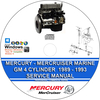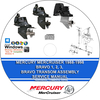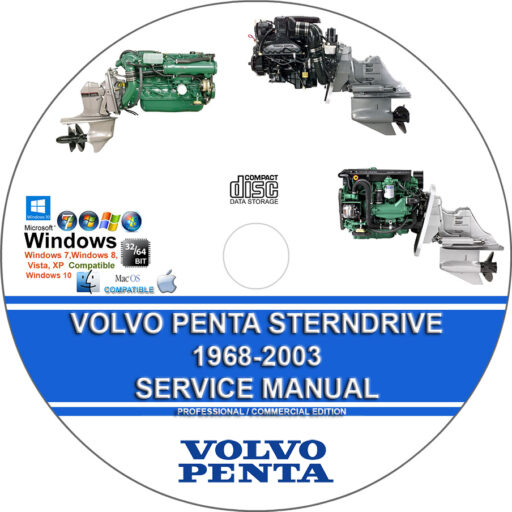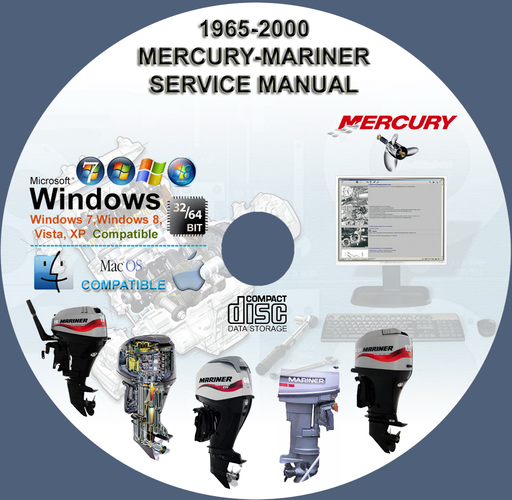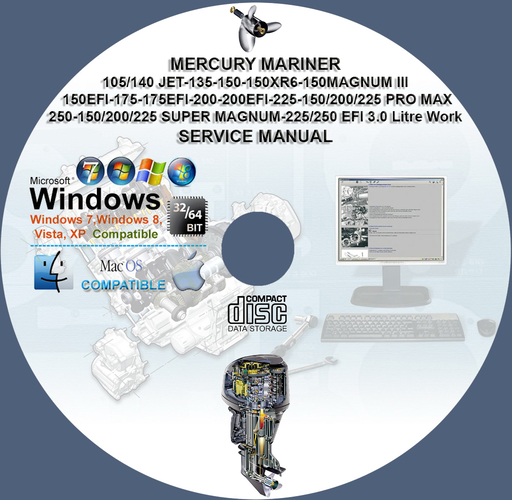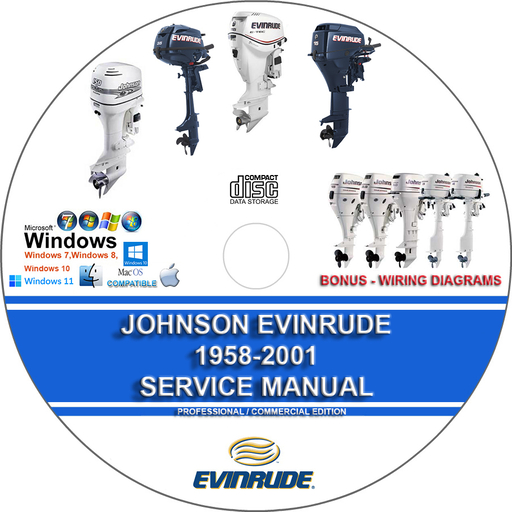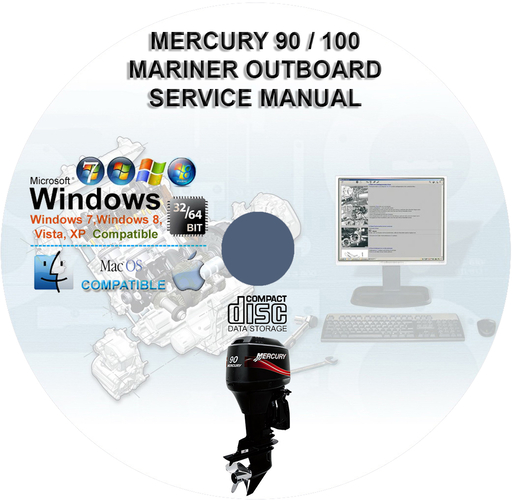Mercury Mercruiser Marine Engines D-Tronic 7.3L Diesel 1998 1999 2000 2001 2002 Factory Service Repair Manual + Wirings
$39.00 – $48.00Price range: $39.00 through $48.00
Mercury Mercruiser Marine Engines D-Tronic 7.3L Diesel 1998 1999 2000 2001 2002 Factory Service Repair Manual + Wirings
You can download this or I can ship it to you.
Loaded with Hi Resolution illustrations, instructions, photos, and diagrams, complete to service and repair your MERCURY.
631 Pages
Mercury Mercruiser Marine Engines D-Tronic 7.3L Diesel 1998 1999 2000 2001 2002 Factory Service Repair Manual + Wirings
Loaded with illustrations, instructions, photos, and diagrams, complete to service and repair your Mercury.
631 Pages
MODEL YEAR
1998, 1999, 2000, 2001, 2002
MODELS COVER:
D-Tronic 7.3L Diesel
MANUAL COVERS:
– Important Information
– Removal and Installation
– Engine
– Electrical Systems
– Wiring Diagrams
– Fuel System
– Cooling System
– Intake and Exhaust System
– Drive System
– Power Steering System
This manual is the same as the manual used by workshops. Service Manual contains detailed instructions and step by step diagrams for all workshop procedures.
Language: English
Format: PDF
COMPATIBLE WITH ALL WINDOWS & MAC COMPUTERS
(WINDOWS 11, WINDOWS 10, WINDOWS 8 ETC.)
Windows/Mac/Tablet/Phone Friendly
- Engine type: V8.
- Displacement: 7.3L (444 cubic inches).
- Aspiration: Turbocharged and intercooled.
- Horsepower: Ratings varied by year and specific model.
- 1998: 225 hp.
- 1999–2000: 235 hp.
- 2001–2002: Some configurations were rated at up to 270 hp.
- High-output (HO) models were available, with some configurations reaching 300 hp.
- Fuel system: Electronically controlled direct injection using a HEUI (Hydraulic Electronic Unit Injection) fuel system.
- Cooling system: Fresh-water (closed-circuit) cooling with a heat exchanger to protect the engine from corrosion.
- Drive compatibility: Paired with heavy-duty Bravo series sterndrives or used in MIE (inboard) applications.
- D-Tronic system: The D-Tronic system provided electronic control over the fuel injection, helping to improve performance and fuel efficiency.
- V8 configuration: The V8 layout provided high torque output, which was suitable for larger cruisers and heavier boats.
- Reliable base: The Navistar T444E block was known for its durability in automotive applications.
- Aging components: The engines are now over two decades old, making it difficult to find quality replacement parts.
- Marine application: Marine engines often experience harder use than their automotive counterparts. Some anecdotal evidence suggests that the 7.3L had mixed reliability in marine applications, and parts can be difficult to source.
- Specific marine issues: Owners have reported issues with hoses blowing off the turbo and cooler, as well as hard starting after a warm shutdown, which may indicate fuel system issues.
- Fuel system: The HEUI injectors and related fuel system components were complex for their time, and issues with this system were not uncommon.
| Medium | USB Flash Drive, DVD, Download |
|---|
Related products
Watercrafts/Boats
Watercrafts/Boats
Johnson Evinrude
Watercrafts/Boats
MERCURY MARINER OUTBOARD 1965 – 2000 ALL MODELS FACTORY SERVICE REPAIR WORKSHOP MANUAL


